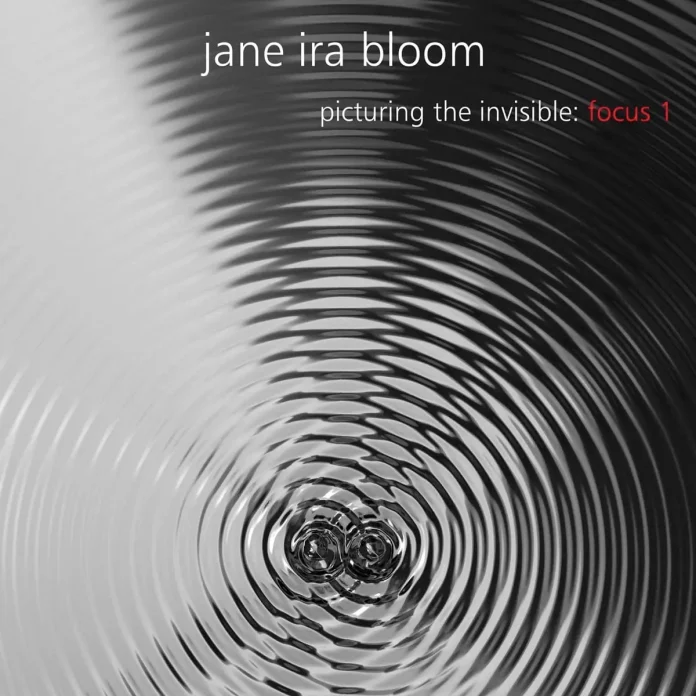Berenice Abbott was an American photographer originally best known for her portraits of artists such as James Joyce, Jean Cocteau and fellow-photographer Eugene Atget, then for photographs of architecture and urban design in 1930s New York City, and subsequently for her interpretations of science subjects in the 1940s.
It’s the science work that has inspired Bloom’s compositions for this Grammy-nominated album, the latest in a series of meditations on the work of American artists that has included Jackson Pollack and Emily Dickinson.
Deprived of live gigs and in-person rehearsals, jams and practices during the Covid lockdowns a number of musicians turned to virtual sessions, either playing in real time but remotely via social media platforms, or by recording one part then passing the recording on to other members of the virtual band, one by one. Bloom opted for the former method, with each musician connected from their respective homes around NYC.
As you might expect with musicians of this calibre, the constraints and disadvantages of this situation did not hamper the quality of their contributions. Bloom’s soprano sound is characteristically pure, haunting and evocative, as much in pieces like the slightly eerie Rowing In The Dark and the bustlingly urgent Daredash as in the meditative melancholy of Walk Alone, the captivating opening to the album where Miller’s increasingly effervescent percussion jollies the sax lines along without diverting their resolve. All-in-all a somewhat sober but very rewarding album.
Discography
Walk Alone; Where The Light Gets In; Daredash; RCA; Picturing The Invisible; Invisible Forces; Rowing In The Dark (37.06)
Bloom (ss); Mark Helias (b); Miya Misaoka (koto); Allison Miller (d, pc). NYC, February 2022.
Outline Music OTL145
















